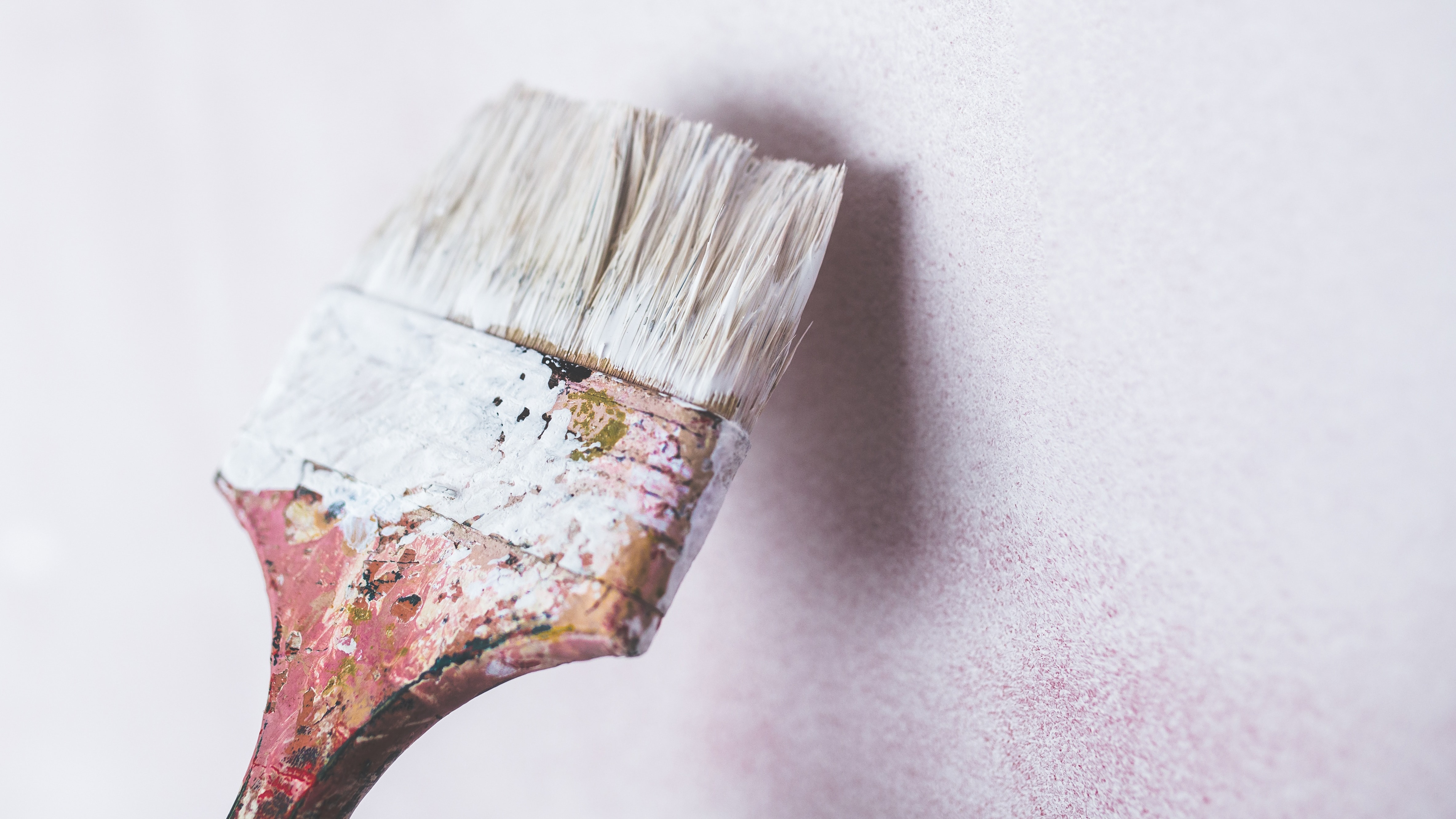It seems that we talk about paint and painting all the time here. There is a very good reason for our attention to this subject. Colour sets the mood for our lives and, if painting is done well, it can make even a modest home sing. It’s not unlike dressing a teenaged girl for the high school formal. All her hidden assets shine and she is suddenly the princess all little girls are meant to be. If you ask, the real estate stylist you’ve chosen will wax eloquent about the importance of a fresh coat of subtle, yet beautiful, paint.
Unfortunately, though, not everybody seeks expert advice on the subject of paint and painting. This results in really bad paint jobs. You know the ones where pre-painting spack filler spots show up as if they were meant to be the feature attraction or the room takes on the look of a leopard when people attempt to just ‘touch up’ a room painted last year. Here are a few of those problems and how to avoid them.
The wall paint doesn’t hide the spack filler spots.
Spack filler has a totally different consistency to a painted wall. When you fill in a dent or cover a hole in a previously painted wall, the spack filler, even if you have sanded it rigorously, will show up when your new paint dries.
Flaws that you’ve corrected with spack filler should always be covered with a primer before the final paint colour goes on the wall. This will give the new paint a non-porous surface to cling to, leaving you with a sleek wall that looks lovely.
You can see the nail holes and gaps between my woodwork and the wall.
The caulking gun is a novice painter’s best friend. Having this inexpensive tool and a tube of painter’s caulk at your side can make all the difference. The trick is to erase the seams and that, reader friends, is what painter’s caulk does best.
Cut off the top of your tube with a utility knife so that it has an angled tip from which the caulking can be extruded. Apply a thin bead of caulking down the length of the seam, and then smooth the seam with your finger, pushing the caulking into the seam and leaving an unbroken line. This stuff is water soluble, so it cleans up in a flash. It can also be painted over almost instantly.
Also, you can use it to fill the nail holes in your finished trim work so that none of them show up in your final product. Just wipe them down so that the caulking compound is relegated only to the gap and not the surface you want to paint.
I painted an interior door with flat latex paint and now it is peeling.
Oops. As a rule of thumb, one doesn’t paint trim work or doors with flat paint. These projects require a higher gloss paint which makes for easier cleaning. If you paint over enamel paint or even high gloss latex with flat wall paint, it will not adhere properly and will peel like a really bad sunburn.
Before you buy your paint, understand that you will need special paint for woodwork. Talk to your paint specialist or the real estate stylist about how much of which paint and what finish you’ll need, and then proceed accordingly.
Your door(s) will need to be stripped and repainted. Sorry. (We will discuss the subject of stripping paint in another blog soon.)
I touched-up the paint in the living room with the same paint I used to paint it a few months ago, but now all those spots show.
This is one of the most common mistakes nonprofessional painters make. The fact is that the paint you put on the wall even a few months ago has been exposed to light and air in the interim. It has oxidised and faded since you did the painting, whereas the paint you left in the can has not. Therefore, the places where you touched up the paint are a thoroughly different colour.
Either take a chip of the oxidised paint to your paint retailer and have it matched by computer or plan to repaint the walls you’ve attempted to fix.
Always consult the real estate stylist you’re working with to be sure you’re on the right track where painting is concerned. An ounce of prevention, as they say, is worth a pound of cure.




